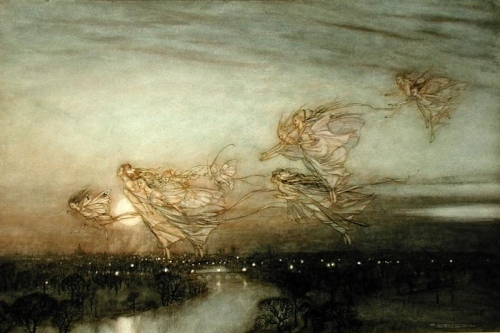Potterheads can celebrate the New Year with a Harry Potter
Weekend on Freeform. 2017 marks the 20th anniversary of the publication of J.K.
Rowling’s “Harry Potter and the Philosopher’s Stone” in the U.K. There’s no
better way to kick-off this anniversary year than with a Harry Potter movie
marathon. The marathon is part of Freeform’s “Moments to Celebrate” programming
event which runs from Dec. 26 through Jan. 1, but the movie marathon ends on
Jan. 2, 2017.
Below is the complete schedule for the Harry Potter Weekend.
Times are U.S. Eastern Standard Time. Please visit Freeform’s official website for more information:
Friday, Dec. 30:
“Harry Potter and the Sorcerer’s Stone” – 3:30 p.m.
“Harry Potter and the Chamber of Secrets” – 7 p.m.
Sat., Dec. 31:
“Harry Potter and the Sorcerer’s Stone” – 7 a.m.
“Harry Potter and the Chamber of Secrets” – 10:30 a.m.
“Harry Potter and the Prisoner of Azkaban” – 2:30 p.m.
“Harry Potter and the Goblet of Fire” – 5:30 p.m.
“Harry Potter and the Half-Blood Prince” - 9 p.m.
“Tom Felton Meets the Superfans” – 12:30 a.m.
Sun., Jan. 1:
“Harry Potter and the Prisoner of Azkaban” – 7 a.m.
“Harry Potter and the Goblet of Fire” – 10:10 a.m.
“Harry Potter and the Half-Blood Prince” – 1:50 p.m.
“Harry Potter and the Deathly Hallows: Part 1” – 5:30 p.m.
“Harry Potter and the Deathly Hallows: Part 2” – 9:58 p.m.
(Follow “Beyond” series preview)
Mon., Jan. 2:
“Harry Potter and the Deathly Hallows: Part 1” – 1:30 p.m.
“Harry Potter and the Deathly Hallows: Part 2” – 5 p.m.
Gather your fellow Potterheads for a New Year’s Eve Hogwarts
feast, and toast to a magical 2017 with a glass of butterbeer. Join in the
festivities with Freeform on Twitter
and Facebook. Happy New Year!


